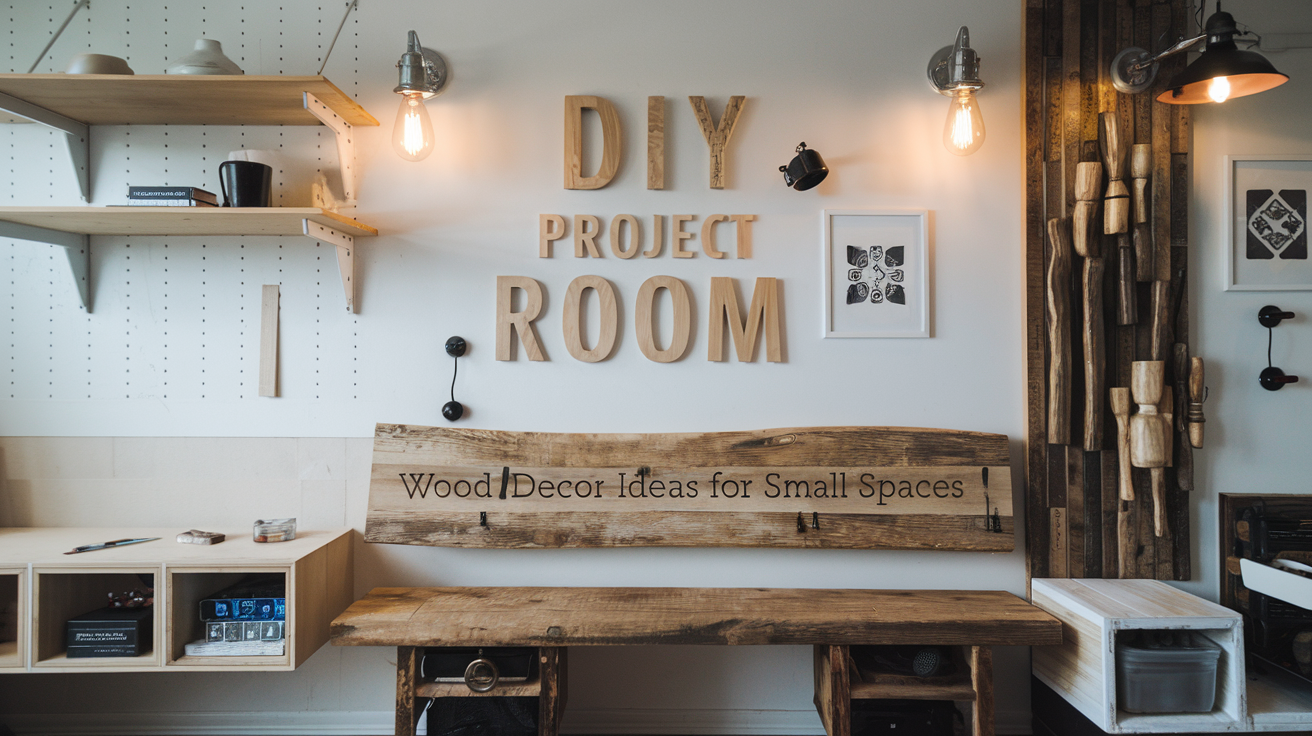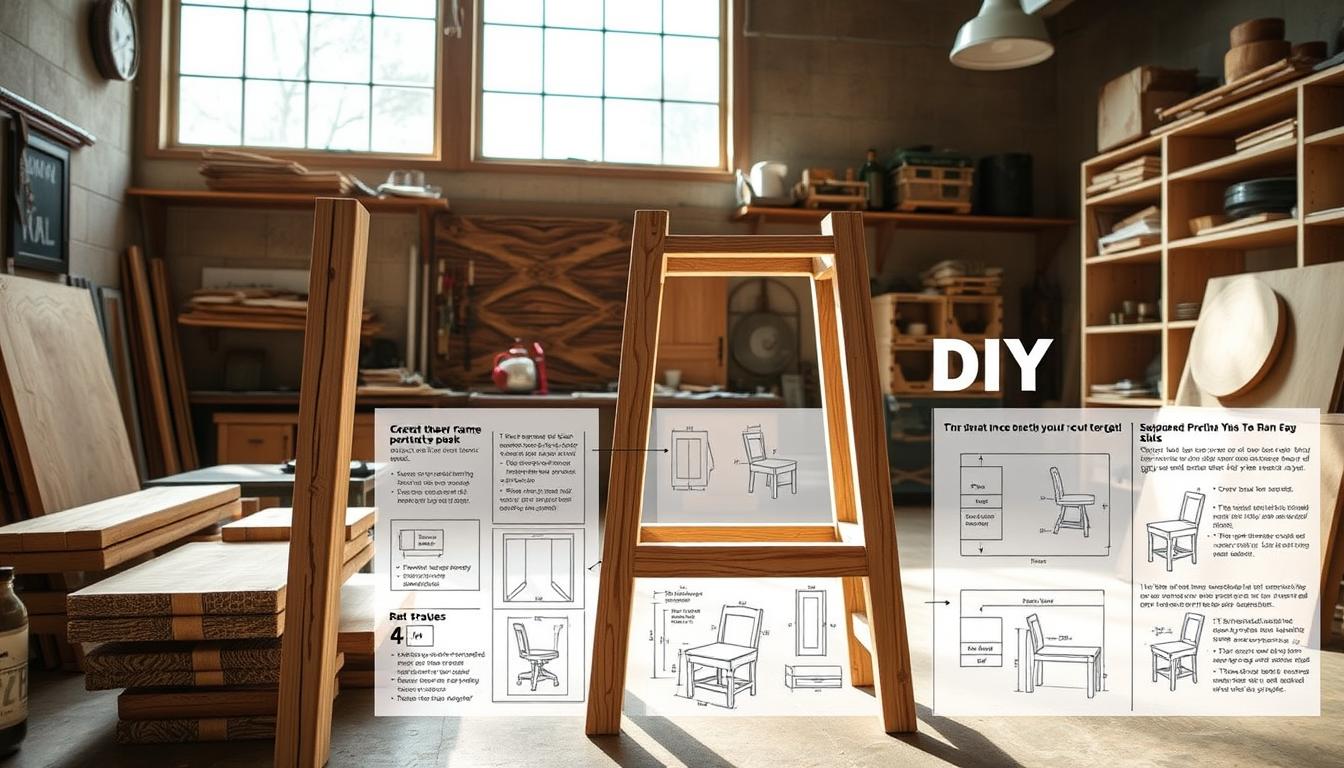How to Build a Rustic Coffee Table: A Weekend DIY Project
Transform your living space with a handcrafted rustic coffee table that brings warmth and character to any room. In this guide, I’ll walk you through creating a beautiful 4′ x 3′ solid wood coffee table that looks like it came straight from a high-end furniture store.
What You’ll Need
Materials
- 1x 4′ x 3′ piece of solid wood (1.5″ thick) for tabletop
- 4x 4×4 lumber pieces for legs
- 4x 2×4 lumber pieces for support rails
- Wood screws (2.5″ and 3.5″)
- Wood glue
- Wood stain
- Polyurethane sealant
- Sandpaper (80, 120, and 220 grit)
Tools
Before you begin, gather these essential tools:
- Drill with drill bits
- Kreg jig
- Saw (circular or table saw)
- Measuring tape and pencil
- Speed square
- Sander or sanding block
- Clamps
- Safety equipment (goggles, dust mask)
Step-by-Step Instructions
1. Creating the Perfect Tabletop
The tabletop is the star of your coffee table, so take your time with this step. If you’re working with multiple boards, arrange them thoughtfully to create an appealing pattern. Use a Kreg jig to drill pocket holes along the edges, then apply wood glue between the boards. Clamp everything together and secure with pocket hole screws. Let this dry for a full 24 hours – patience is key here!
2. Crafting the Foundation
While your tabletop dries, focus on the legs. Cut four 16-inch pieces from your 4×4 lumber. These will serve as your table legs. Sand them thoroughly, working your way from 80 grit to 220 for a smooth finish that still maintains that rustic character.
3. Building the Support Structure
Cut your 2x4s to create the support frame – two pieces at 4 feet and two at 3 feet. Position these 2 inches from the top of each leg to create a sturdy frame. This height allows for proper support while maintaining elegant proportions.
4. Assembling the Base
This is where your table starts taking shape. Create pocket holes in your support rails, then connect everything to the legs using wood glue and 3.5″ screws. Take time to check that your corners are square – this detail makes the difference between a professional-looking piece and an obviously homemade project.
5. Adding Rustic Character
Here’s where the fun begins! To achieve that sought-after rustic look, consider:
- Using chains or hammers to create authentic-looking dents and marks
- Distressing edges and corners for a time-worn appearance
- Lightly sanding these areas to ensure they’re smooth to the touch
6. Bringing It All Together
With your base assembled and tabletop ready, it’s time for the final construction. Center your tabletop on the base, pre-drill your holes, and secure everything with 2.5″ screws. Space these about 8 inches apart for optimal support.
7. The Final Touch: Finishing
The finishing process transforms your table from good to great:
- Sand the entire piece thoroughly, progressing through your grits
- Wipe away all dust with a tack cloth
- Apply your chosen wood stain
- Once dry, protect your work with 2-3 coats of polyurethane
- Allow 24-48 hours for the final coat to cure
Pro Tips for the Perfect Rustic Look
- Choose wood with character – knots and grain patterns add authenticity
- Consider using reclaimed lumber for genuine rustic appeal
- Don’t obsess over minor imperfections; they add character
- Select a darker stain to highlight the wood’s natural beauty
- Consider adding metal accents for an industrial-rustic fusion
Maintenance and Care
To keep your coffee table looking beautiful for years to come:
- Use coasters to prevent water rings
- Dust regularly with a soft cloth
- Apply furniture polish every few months
- Address spills immediately to prevent staining
Conclusion
Building your own rustic coffee table is a rewarding project that typically takes a weekend to complete. Not only will you save money compared to store-bought options, but you’ll also have a unique piece of furniture with a story to tell. The techniques learned here can be applied to other woodworking projects, making this an excellent gateway into the world of furniture making.
Remember: The best projects take time and patience. Don’t rush the process, especially during the drying and curing stages. Your attention to detail will be rewarded with a beautiful piece of furniture that will last for generations.
Happy building!




